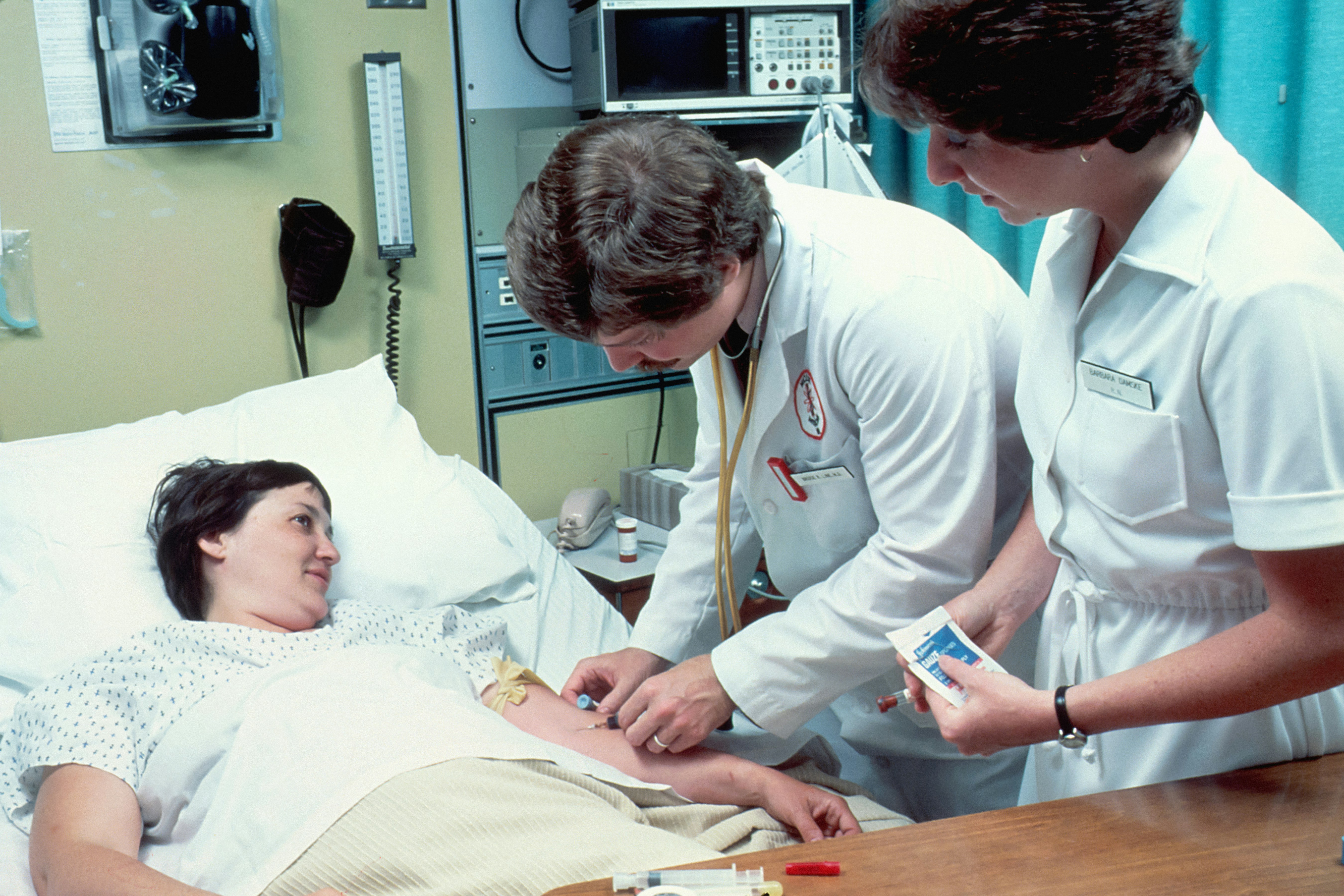IPASS Handoff versus 1Unit's Nurses First Program


Background
The "I-PASS handoff" is a standardized method for transferring critical patient information during handoffs in healthcare settings. Handoffs occur when the responsibility for a patient's care is transferred from one healthcare provider to another, such as during shift changes, transfers between departments, or when a patient moves from one care unit to another.
I-PASS stands for:
I: Illness severity – The level of concern about the patient's condition (e.g., stable, unstable, or critical).
P: Patient summary – A brief summary of the patient's diagnosis, treatment plan, and recent changes in condition.
A: Action list – The specific tasks or actions that need to be completed by the next provider.
S: Situation awareness and contingency planning – Anticipated changes or potential issues that the next provider should be aware of, including what to do if certain problems arise.
S: Synthesis by receiver – The receiving provider should summarize the information to confirm understanding and ensure nothing has been missed.
The I-PASS method was developed to improve communication and reduce errors during handoffs, which are critical moments in patient care.
1Unit's Nurses First Program
The Nurses First program by 1Unit is designed to improve nurse workflow, patient care, and overall team coordination in healthcare settings. The program emphasizes structured processes for critical tasks, such as Change of Shift Huddles and Bedside Shift Reports, which are structured processes nurses perform during transitions between shifts. Nurses First also ties into broader goals like improving patient safety, reducing hospital-acquired conditions, and enhancing teamwork across the care team.
By standardizing these handovers, the program aims to ensure consistency, reduce errors, and foster better communication among healthcare teams. This structured approach helps nurses by providing them with clear, field-tested tools and training, leading to increased satisfaction and a more predictable, high-quality care environment.
The Change of Shift Huddle is designed to enhance teamwork and communication. This huddle is a brief, structured meeting that takes place at the start of each nursing shift. Its purpose is to ensure that all incoming nurses are fully updated on the critical aspects of care and unit activities allowing for a smooth and safe transition of responsibilities between the outgoing and incoming teams.
Key features of the Change of Shift Huddle
Information Sharing: The huddle serves as a platform where outgoing nurses share essential patient information, updates, and any critical issues that need to be addressed or monitored by the incoming team. This exchange is crucial for maintaining continuity of care.
Team Coordination: It allows the entire team to synchronize their efforts, ensuring that everyone is aware of their roles, upcoming tasks, and potential challenges that might arise during the shift.
Efficiency and Safety: By standardizing the information exchange process, the Change of Shift Huddle reduces the risk of miscommunication, which is a common source of errors in patient care. This structured approach also helps in identifying any immediate concerns that need attention, e.g. patients at risk of elopement or patients with similar names on the unit, enhancing both patient safety and workflow efficiency.
Real-Time Problem Solving: The huddle provides a space for real-time discussion of any issues or concerns that may have developed during the previous shift, allowing the team to quickly address and resolve these issues as a group.
1Unit's Bedside Handover Report is a key component to improving communication and patient care in healthcare settings. The report is a structured method of transferring patient information directly at the bedside during shift changes between nurses. It involves the outgoing nurse handing over critical information to the incoming nurse while involving the patient in the process. This method enhances transparency, patient engagement, and accuracy in the transfer of care.
Key Aspects of 1Unit's Bedside Handover Report
Patient Involvement: By conducting the handover at the bedside, patients are included in the conversation about their care. This empowers patients, allows them to ask questions, and ensures that they are informed about their treatment plans.
Accuracy of Information: The direct handover of information between nurses at the patient’s bedside minimizes the risk of miscommunication. It ensures that the incoming nurse has all the necessary details to continue care without relying solely on written notes or memory.
Visual Assessment: The bedside handover allows the incoming nurse to immediately assess the patient's condition, verify information in real-time, and address any discrepancies or urgent needs on the spot.
Importance of Hardwiring the Nursing Report
1Unit's Nurses First program promotes the concept of hardwiring the nursing bedside report to embed the process into the daily routine so that it becomes a consistent, non-negotiable part of the shift change process. The need to hardwire such reports arises from several factors:
Consistency: By making the Bedside Handover Report a standard practice, hospitals ensure that all nurses follow the same protocol, reducing variability in care and communication. Consistency is crucial for maintaining high standards of patient safety.
Reliability: Hardwiring the process helps in creating a high-reliable system where important information is less likely to be missed. This reliability is particularly important in preventing errors, which are more likely to occur during transitions of care.
Cultural Shift: Embedding the Bedside Handover Report into the daily routine also fosters a culture of accountability and teamwork among nursing staff. When everyone follows the same procedure, it reinforces the importance of thorough communication and patient-centered care.
Improved Outcomes: Studies have shown that structured handover processes, like those advocated by 1Unit, lead to better patient outcomes, including reduced errors, increased patient satisfaction, and improved overall care quality
The Change of Shift Huddle and Bedside Handover Report processes are part of 1Unit’s efforts to "hardwire" these processes into the daily routine of nursing teams in a practical way, promoting a culture of safety and high-reliability in healthcare settings.
Keep Exploring Our Work



